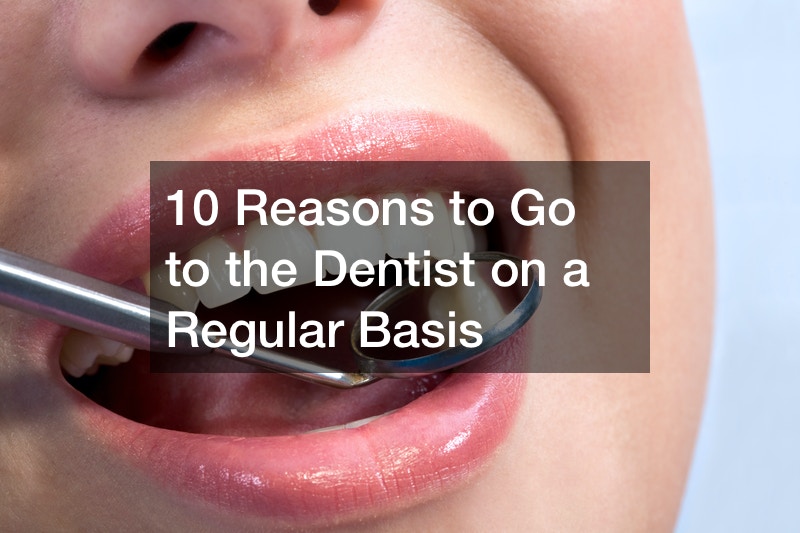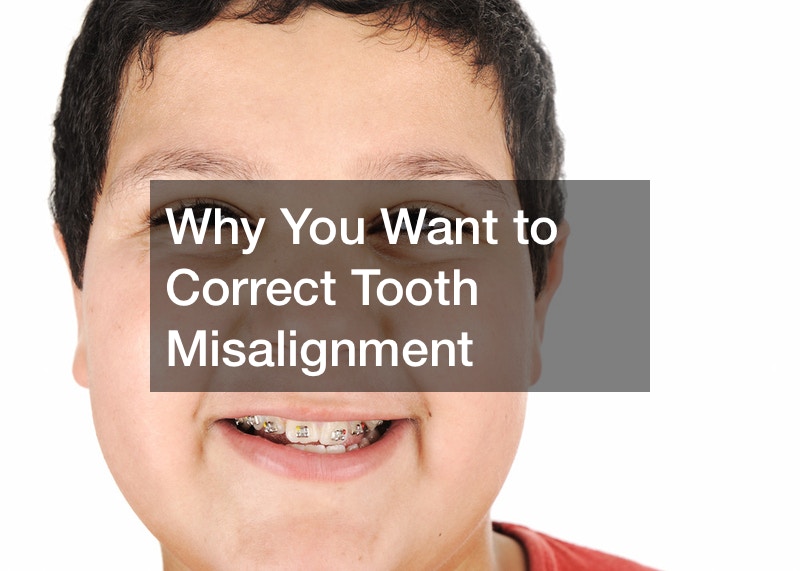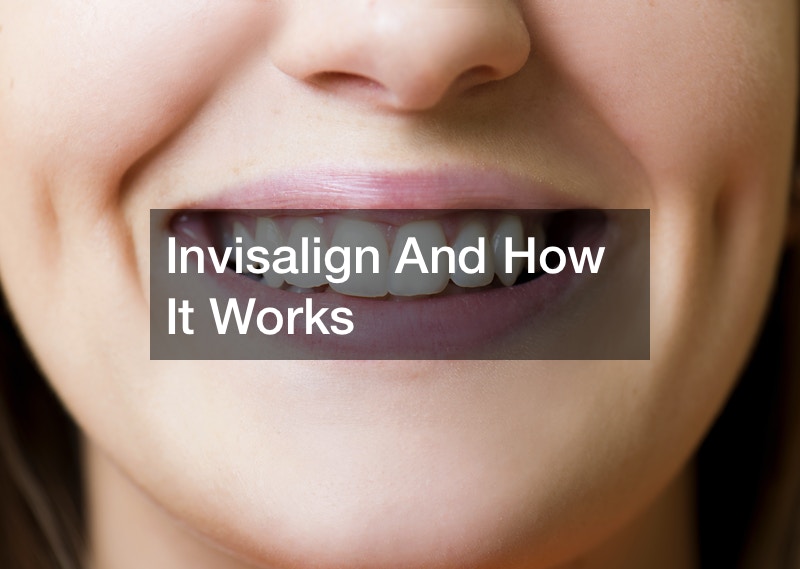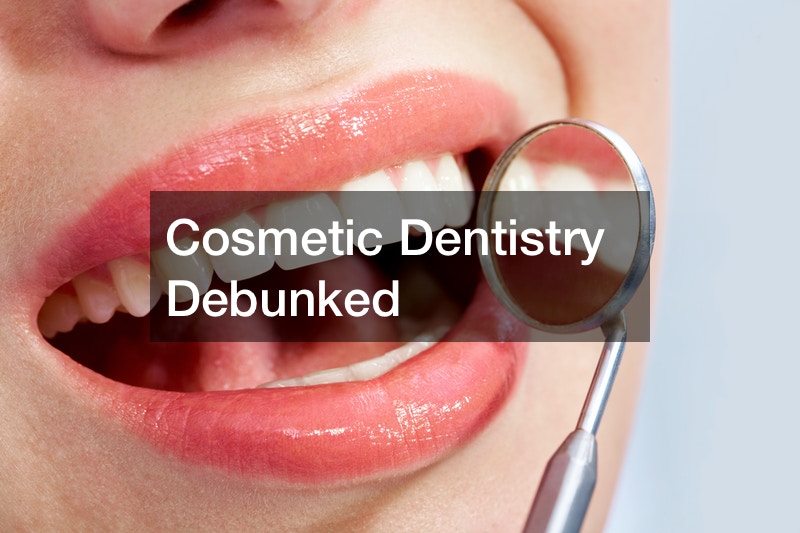Dental care is essential in promoting overall health and wellbeing. That said, you should have […]
Why You Want to Correct Tooth Misalignment
This video is about braces treatment and why someone would want to fix a tooth […]
7 Secrets Your Dentists Want You to Know
Everyone also knows that a big part of having a good smile is getting regular […]
What You Need to Know about Opening a Dental Clinic
The dental industry carries an abundance of potential for those who want to start their […]
Important Services Currently Offered by All Types of Dentists
The critical role played by dentists cannot be emphasized enough. Dental problems manifest in different […]
Invisalign And How It Works
When it comes to having crooked teeth, it’s something most people want to put in […]
Cosmetic Dentistry Debunked
In this video, you will learn about a local dentist. Cosmetic dentistry is a type […]
Periodontist Defined
In this video, you will learn about periodontics. A periodontist specializes in treating the gum […]
An Intro to Orthodontics
In this video, you will learn about an orthodontic exam. The video goes into depth […]
What Do Orthodontists Do?
Orthodontists work to correct crooked teeth. They use tools like braces and Invisalign to do […]










